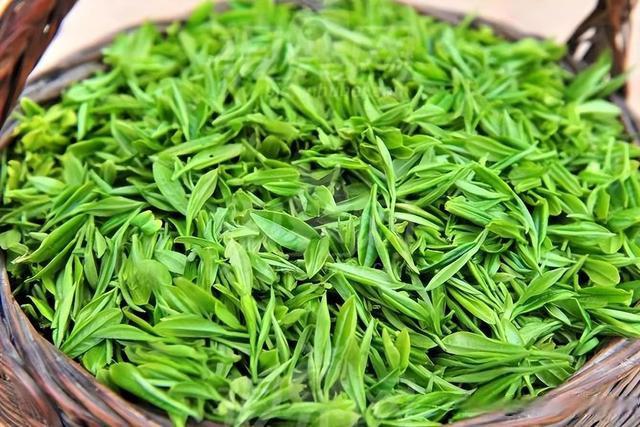Differences:

- Processing Techniques:
- Green Tea: Green tea undergoes minimal oxidation during processing, typically involving steps such as steaming or pan-firing to halt the oxidation process immediately after plucking. This retains the tea’s natural green color and fresh aroma.
- White Tea: White tea, on the other hand, undergoes even less processing than green tea. The leaves are withered naturally under the sun or in a controlled environment and then dried. This gentle processing preserves the delicate flavors and aromas of the tea, giving it a lighter, more subtle taste.
- Appearance:
- Green Tea: Green tea leaves are typically dark green in color when fresh and retain some of their green hue even after processing. The brewed tea is a light green or yellow-green color.
- White Tea: White tea leaves are lighter in color, often silvery-white due to the fine, downy hairs on the surface of the leaves. The brewed tea is a pale yellow or straw-colored hue.
- Taste and Aroma:
- Green Tea: Green tea is known for its fresh, grassy aroma and a slightly astringent, yet refreshing taste. Some varieties may have a nutty or floral flavor.
- White Tea: White tea tends to have a sweeter, more delicate taste with a hint of honey or fruit. The aroma is often described as floral and fragrant, with a subtle sweetness.
- Nutritional Composition:
- Both teas contain antioxidants, such as catechins, which are beneficial for health. However, the specific composition and concentration of these antioxidants may differ slightly between white tea and green tea due to their different processing techniques.
Connections:

- Origin and Cultivation:
- Both white tea and green tea originate from the tea plant, Camellia sinensis. They are both cultivated in tea-growing regions, primarily in China, but also in other countries like Japan, India, and Sri Lanka.
- Health Benefits:
- Both teas are celebrated for their health benefits. They contain antioxidants and other beneficial compounds that may help reduce inflammation, improve heart health, aid in weight loss, and provide other health benefits. However, the specific health benefits of each type of tea may vary depending on its unique composition and processing method.
- Classification and Types:
- Both white tea and green tea are classified as non-oxidized or minimally oxidized teas. This means they retain more of their natural flavors and nutrients compared to fully oxidized teas like black tea.
In summary, while white tea and green tea share some similarities in terms of origin and health benefits, they differ significantly in their processing techniques, appearance, taste, and aroma. Each type of tea offers its unique flavor profile and sensory experience, making them both worthy of exploration and enjoyment.



